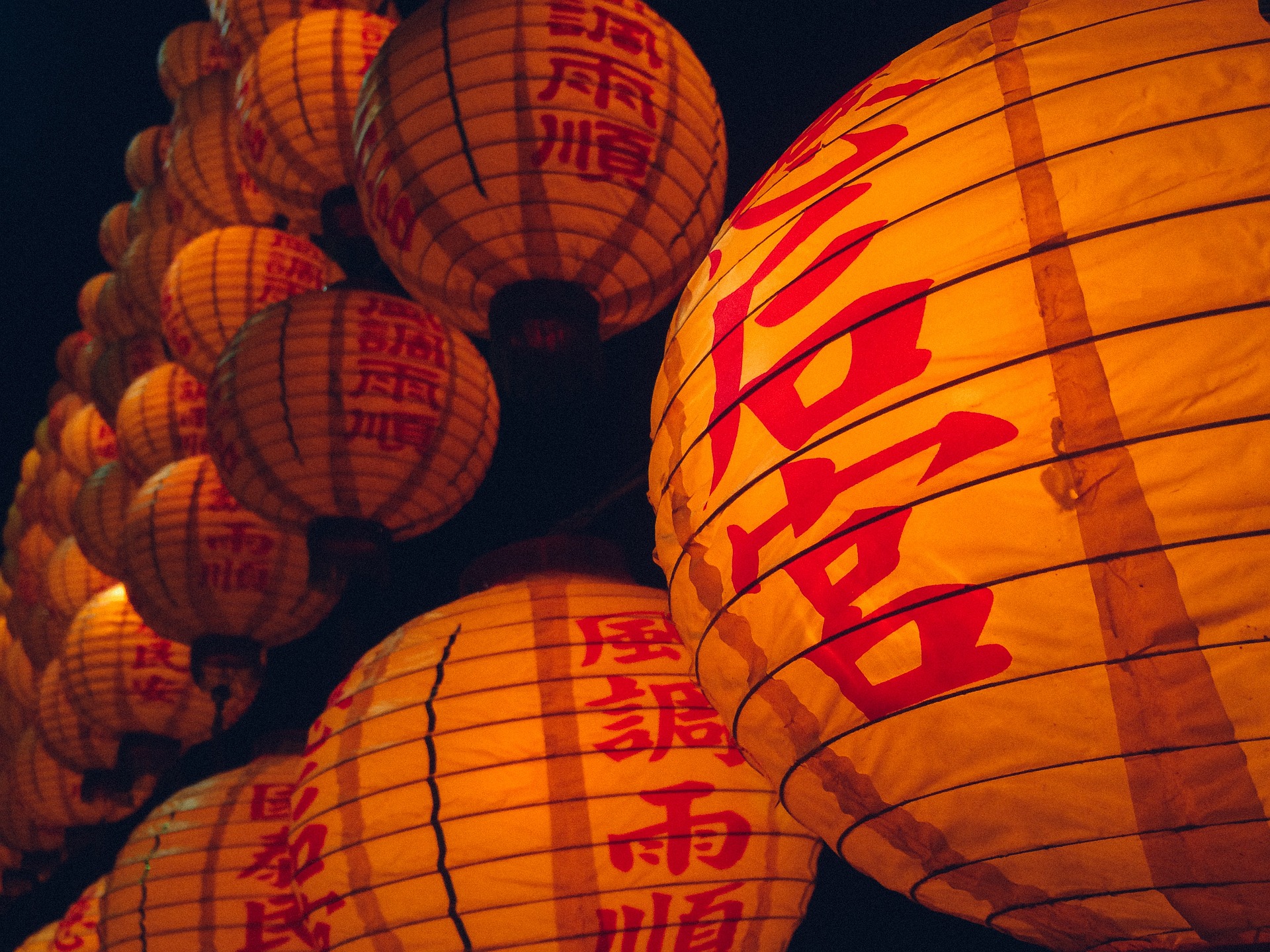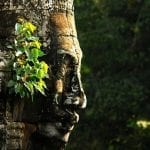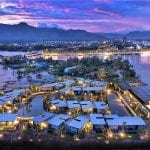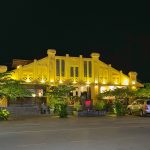Chinese New Year isn’t a traditional holiday in Cambodia, however, it’s celebrated countrywide. Here’s what to expect during Chinese New Year in Cambodia.
Traditionally known as the largest annual human migration on earth Chinese New Year sees millions of people rush home to reunite with families to mark the special occasion.
While Chinese New Year isn’t an official holiday in Cambodia, it’s certainly celebrated in force. This is in part down to the fact Cambodians love an excuse to party but mainly due to a sizeable proportion of the population having Chinese roots – even if they stretch back centuries.
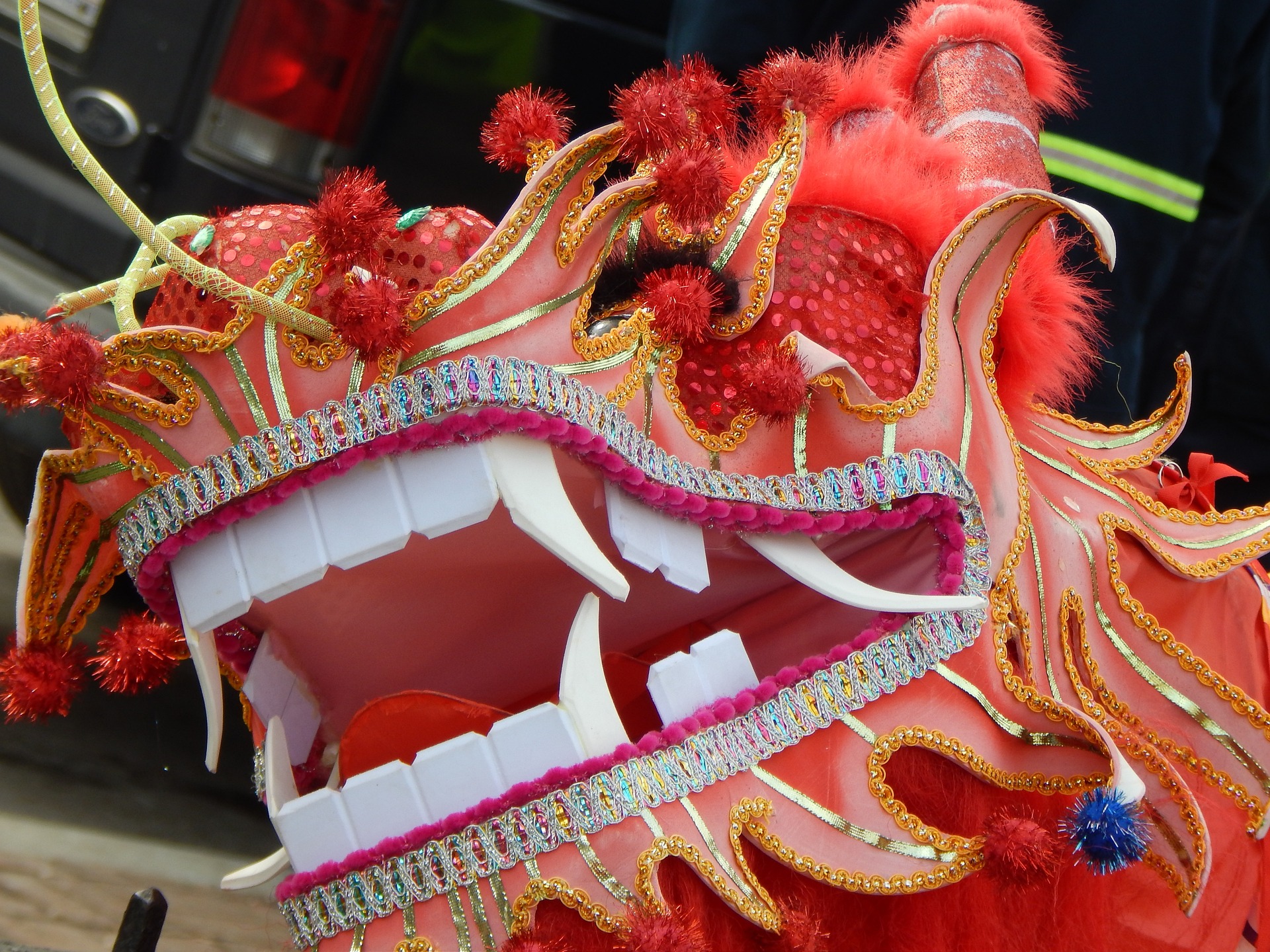

Chinese New Year Cambodia Rituals
Also known as the Spring Festival, Chinese New Year this year runs from January 22 to February 9 and rings in the Year of the Rabbit. Many of the traditions and rituals carried out during this time are similar to those seen across Cambodia during Khmer New Year. These include reuniting with families, offering food to ancestors, huge feasts of food, and conducting various customs to bring good fortune in the year ahead.
In the run-up to New Year, and on the day itself, expect to see houses adorned with yellow flowered bushes called Pka Angkea Sei and red Chinese decorations – both colours are believed to bring good luck. And, if the bush blossoms during the first three days of the New Year, then that symbolises a year of good fortune ahead. Houses are also cleaned as it is believed to bring prosperity and presents and new clothes are bought.
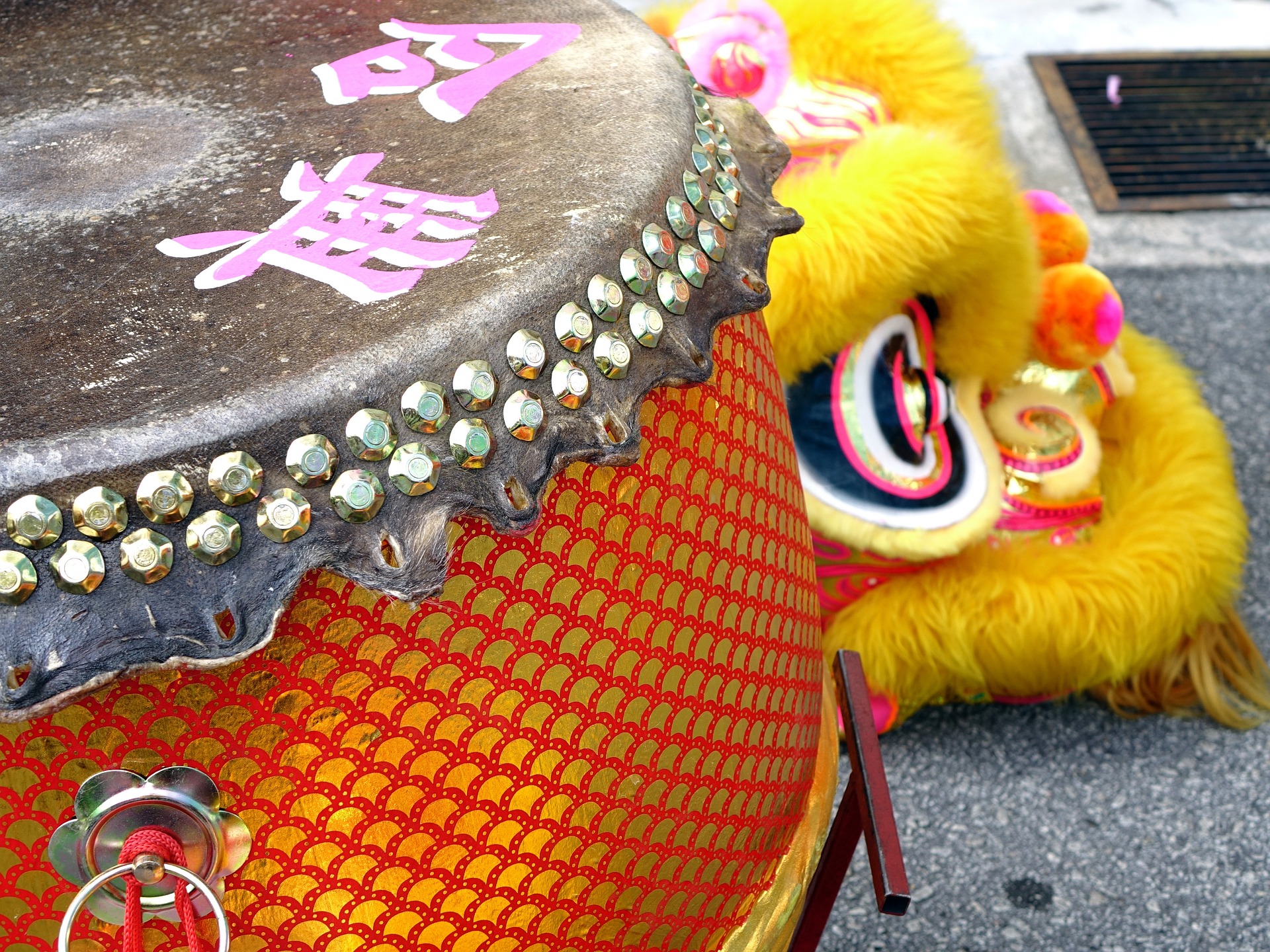

Chinese New Year in Cambodia
Another major part of the celebrations are the colourful processions of dragon and lion dancers, who make their way through the streets. Businesses will often offer donations for them to dance in front of their place of work to bring good luck for the year ahead.
The sound of firecrackers echoing through the streets is common during this time, with the scent of burning paper hanging heavy in the air. This is due to families burning paper money, mansions and sports cars as a way of ringing in good fortune for the year ahead.
“Ang Pao” is another popular tradition. The red envelope contains money and is given as a gift to young people. According to Chinese tradition the colour red represents good fortune and happiness, and commonly features in Chinese celebrations.
The sizeable Vietnamese community in Cambodia celebrate their Tet festival during the same time as Chinese New Year.
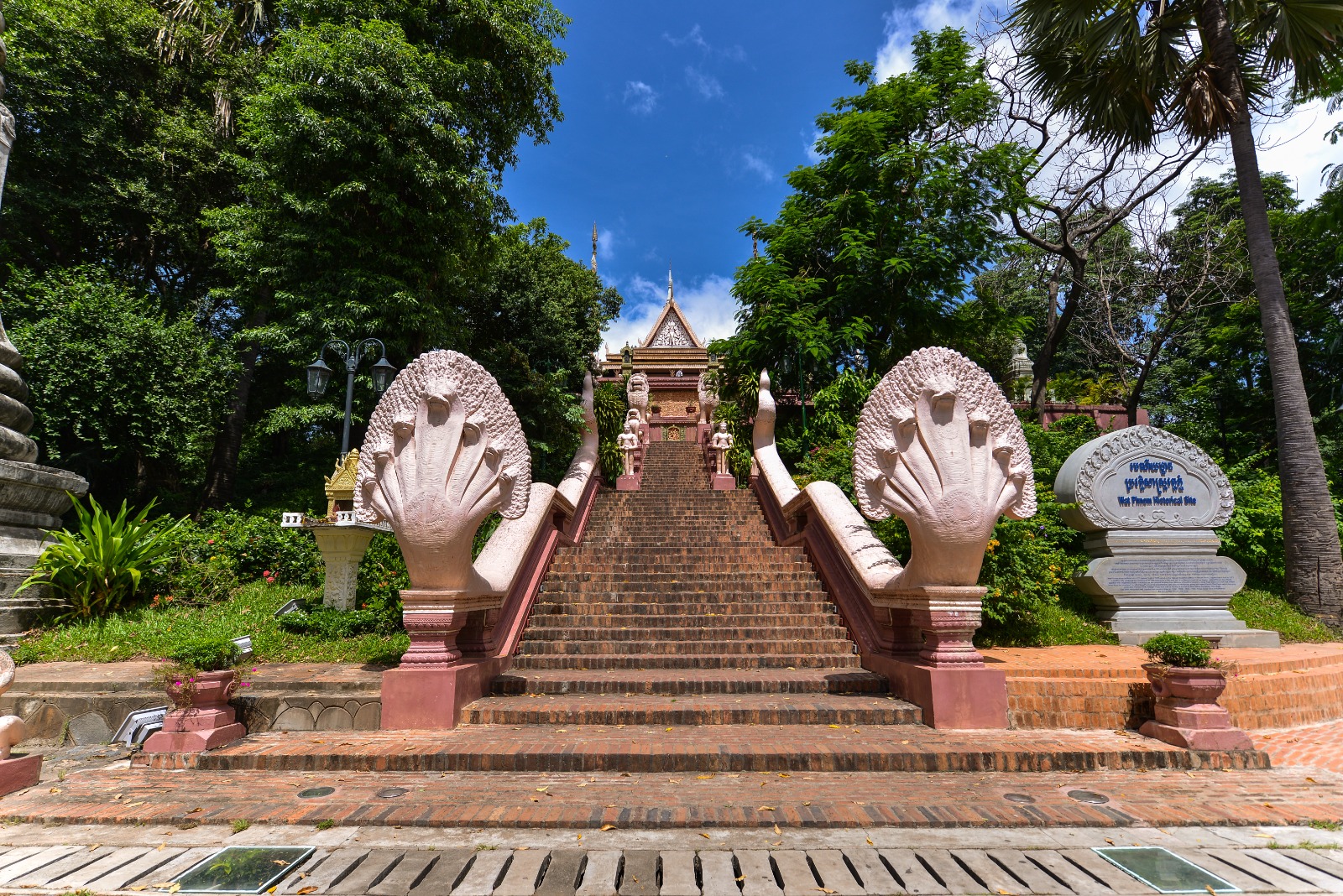

On New Year’s Eve, festival-goers flock to Phnom Penh’s Wat Phnom. It houses Vihear Chen Kla Sor temple, which translates to White Tiger Chinese temple. Here various rituals are carried out to ward off bad luck in the upcoming year.
Gong Xi Fa Cai!
